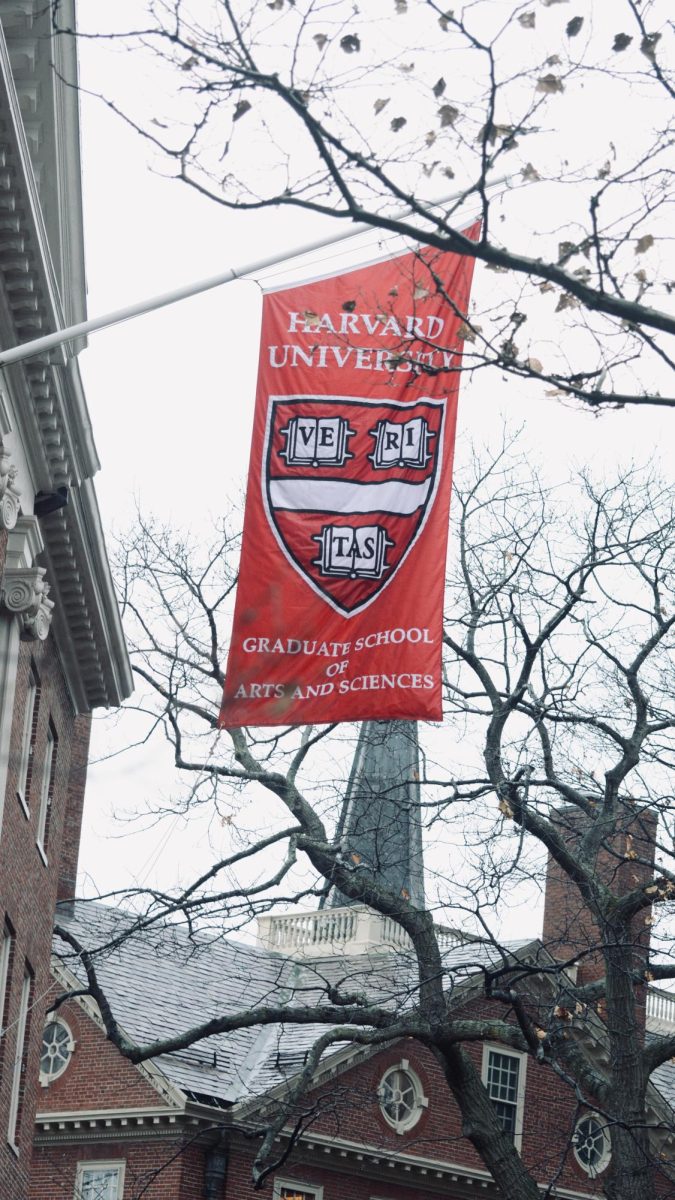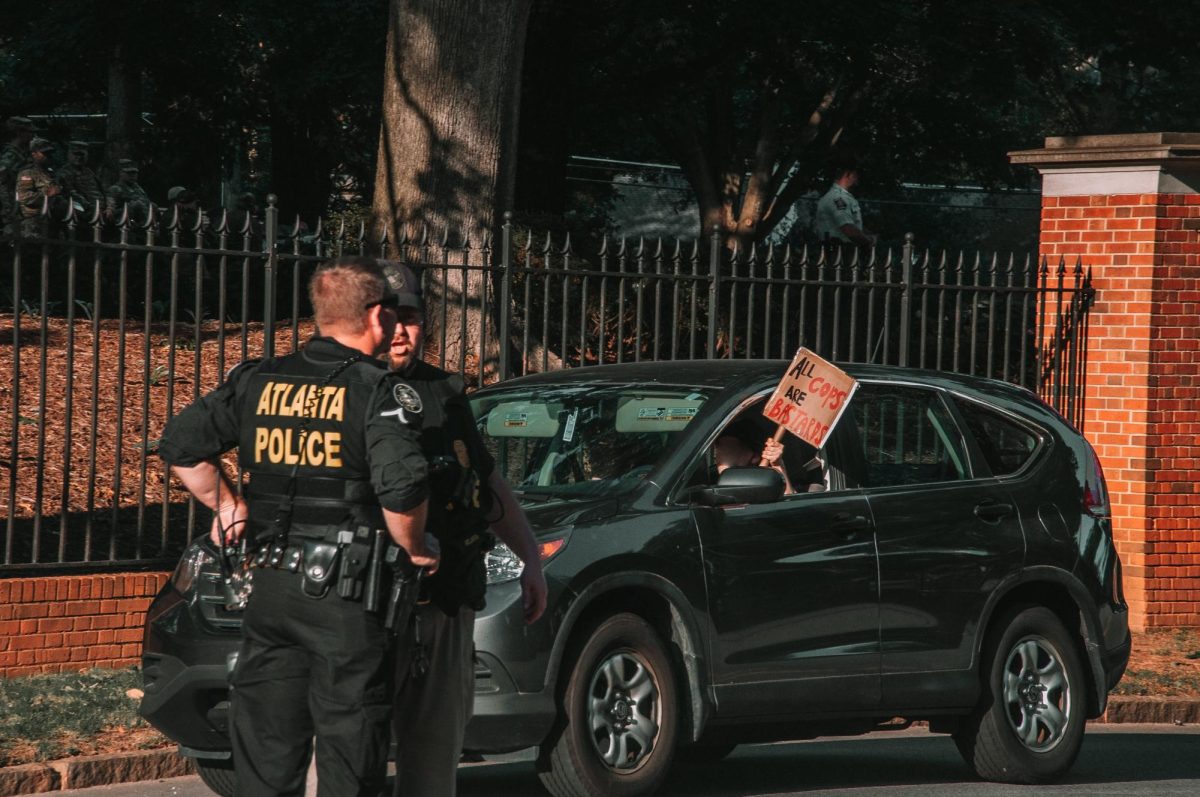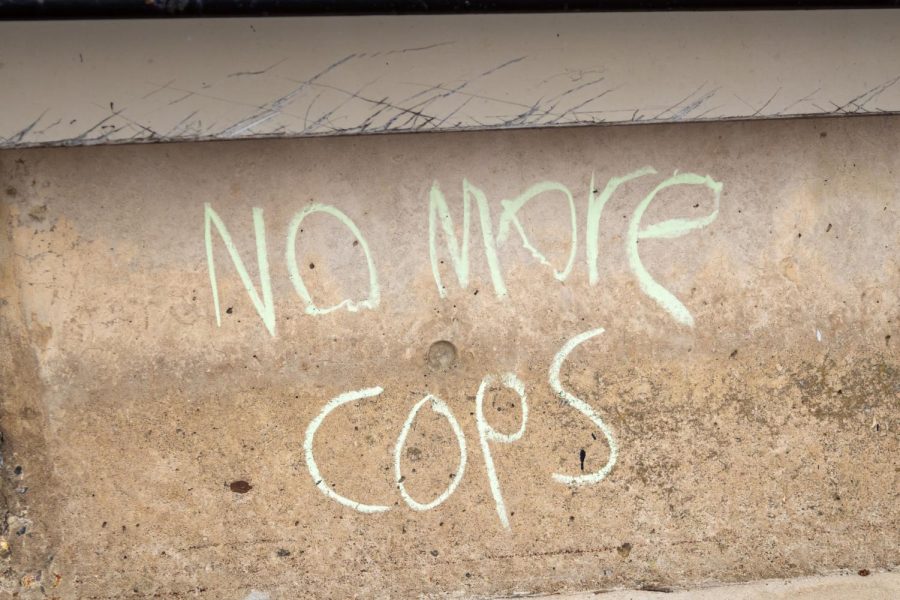Black History Month felt different this year. We Americans are more racially polarized than we have been in a very long time and we are struggling to come to terms with our vast ideological differences on race. It is useful, now more than ever, to reflect on the legacy of American slavery and racism.
Two recent scholarly endeavors — The New York Times Magazine’s 1619 Project and the Woodson Center’s 1776 Unites Project — offer opposing perspectives on American history. The former posits that American slavery is the very defining aspect of our nation’s history; the latter suggests it is but one part of a complicated picture. My hope is that Americans come to reject the 1619 Project and instead view American history in light of its founding in 1776.
The 1619 Project
The 1619 Project seeks to reorient our understanding of American history by posing 1619 — the year in which African slaves were first brought to American shores — as the true founding of America. The project is the brainchild of Nikole Hannah-Jones, a staff writer at the New York Times Magazine and author of its defining essay. Hannah-Jones’s opening essay both praises and vilifies the legacy of the United States, pointing out some of the atrocities in our history and the consequences of slavery while also noting that her father, who is Black, always flew an American flag at his house. She then makes the claim that permeates the entire project: that 1619 “is as important to the American story as 1776” and that our national narrative should be centered on slavery rather than liberty.
While the essay is well-composed and offers an important contrasting view to the previous consensus on American history, it is riddled with historical inaccuracies and omissions, many of which have since been redacted by its editors. The original print edition of the project, for instance, claimed that “one of the primary reasons the colonists decided to declare their independence from Britain was because they wanted to protect the institution of slavery.” That the British were pondering the abolition of slave trade, it argued, made American colonists fearful of losing the right to own slaves. However, as Princeton historian Sean Wilentz points out, the British did not begin agitating for abolition until around a decade after the Declaration of Independence was signed; they may in fact have been inspired to do so by American abolitionists. After much dispute with historians and pressure from its audience, The Times finally altered its claim to concede that only “some” of the colonists had fought for independence primarily to uphold slavery. In doing so, they acknowledged that slavery was but one of many issues the colonists cared about in the war for Independence.
Further, in the lead essay, Hannah-Jones pointed out that the Declaration of Independence made no mention of slavery, and the founding fathers “carefully constructed a document [the Constitution] that preserved and protected slavery without ever using the word.” The implication here is that the framers could have drafted a Constitution that banned slavery but chose not to because most were slaveholders. An alternative view is that the framers didn’t face a choice of a Constitution with slavery and one without; rather, they had to choose between a Constitution with slavery and no Constitution at all, since Southern states wouldn’t have signed onto a document that banned it.
I struggle to see how our country would have fared better without a Constitution at all. Or worse yet, a collection of Southern states may have formed their own alternative union and directly enshrined slavery in their constitution — not exactly an ideal scenario compared to the one that actually happened. As Bret Stephens, also of the New York Times, points out, the 1619 Project “issued categorical and totalizing assertions that are difficult to defend on close examination.”
But, as I will discuss, the problems with the 1619 Project extend beyond mere historical fallacies. Historians often parsing different facts from their study of the past and reframing American history with slavery as the central issue is not technically incorrect. Rather, it is by the omission of crucial facts that the 1619 Project fails to paint a better, more accurate and more just picture of American history.
The 1776 Unites Project
The 1776 Project exists to counteract the 1619 Project’s misguided attempt to rewrite American history and should be regarded as the better way to understand our past. Political scientist Wilfred Reilly, a scholar at the 1776 Unites Project, sums up three predominant views of the project as follows: (1) An abolition movement existed in the United States among white as well as Black people for as long as slavery did, and the abolitionists won in the end; (2) Slavery didn’t actually make the United States an economic powerhouse, but rather turned the South into “something of a backwater” compared to the industrial North; (3) Hundreds of thousands of lives were sacrificed in the Civil War in order to end slavery. These facts suggest that the one-sided view of slavery offered by the 1619 Project — that whites perpetuated slavery against Black people and Black people were solely or mostly responsible for their own achievement of freedom — is incomplete at best, intentionally misleading at worst.
Crucially, this battle of projects is larger than facts. It is a matter of opposing worldviews. Do we really want future generations of Americans raised to believe in the 1619 worldview? Or would we rather they believe in the 1776 Project? Do we want our children to believe that America started in 1619, the year when slaves were first brought to our shores, thereby cementing America’s legacy as a slave state? Or do we want them to recognize the horrors of slavery and Jim Crow, while also appreciating our capacity for racial progress and revering the flawed yet great founders who failed to live up to their own ideals? Glenn Loury, economist at Brown University and member of the 1776 Project, eloquently made this point in a recent essay:z
“The narrative we blacks settle upon about the American story, the American project, is fundamentally important. Is this, basically, a good country that affords boundless opportunity to all who are fortunate enough to enjoy the privileges and bear the responsibilities of American citizenship? Or, is this, basically, a venal, immoral and rapacious bandit-society of plundering white supremacists founded in genocide and slavery, and propelled by capitalist greed and unrepentant racism?”
Proponents of the 1619 Project may claim this is a false choice; after all, Hannah-Jones waxes patriotic in her opening essay. But can you read that essay and subsequent ones by Project 1619 authors and honestly come away from it with a greater appreciation of the nuances of American history? Or do you sense a deep feeling of angst and an abiding pessimism that we can never overcome the sins of our past?
Stephens said it best in his critique of the project: “The metaphor of 1776 is more powerful than that of 1619 because what makes America most itself isn’t four centuries of racist subjugation. It’s 244 years of effort by Americans — sometimes halting, but often heroic — to live up to our greatest ideal.”
Why It Matters
It would be one thing if this battle of ideologies were contained to the discourse of editorial pages. But the 1619 Project has since permeated into our education system. Indeed, the Pulitzer Center — not to be confused with the institution that issues the Pulitzer Prize, Columbia University, who is not affiliated with the Pulitzer Center— now carries a 1619 Curriculum, which frames The Times Magazine’s project as the basis for the instruction of American history in our schools. As Stephens notes, this is an imposition of the New York Times’s editorial stance onto an unsuspecting public: “It’s one thing for a newspaper to publish the 1619 Project by way of challenging its subscribers: After all, they pay for the product. It’s quite another to become a pedagogical product for schoolchildren who, along with their parents, in most cases probably don’t subscribe.”
The worst thing about the 1619 Curriculum is not that it offers an opposing viewpoint to the one that American schoolchildren are commonly taught. Rather, the 1619 Curriculum seeks to supplant the traditional American history curriculum without providing any balance. As Robby Soave of Reason Magazine points out, there is a certain irony to Hannah-Jones’s insistence that the 1619 Project be taught to schoolchildren as the definitive account of American history. In pushing for her project to become the main source of pedagogical instruction, she inherently wants to stifle other viewpoints — i.e., those of Gordon Wood or countless other historians who have argued against the 1619 Project — from being taught in schools. This is despite her assertion that “history is not objective” — a true assertion, to be sure, but one that counters her belief in the infallibility of her version of historical events.
Despite public pushback from several historians, schoolboards are adopting the 1619 Project. According to Soave, “school districts in Chicago, Washington, D.C., and Buffalo, New York, have decided to update their history curricula to include the material” derived from the project. At the same time, Republican lawmakers in Arkansas, Iowa and Mississippi have introduced legislation to ensure that local school districts who adopt the 1619 Curriculum do not receive state funding. While I disagree with the project and would rather schools not adopt it as their curriculum, I have mixed feelings about the Republican bans. On the one hand, I believe that states should be able to set their own educational standards. I also think, however, that banning the 1619 Project from local school districts may only blind students to the other side — the same way that eschewing traditional curricula in favor of the 1619 Project will blind students to the good parts of American history.
It seems like the best course of action — not making the 1619 Project the center of American history education, yet openly discussing it along with its historical inaccuracies — has gone by the wayside in our hyperpolarized time. It’s another symptom of our mutual distrust of one another that an important discussion of our origins won’t be resolved by careful debate about the merits of either side but by performative bravado and virtue signaling.
Still, though I disagree with the actions of Republican legislatures to ban the 1619 Curriculum, I stand by the criticism of the 1619 Project and the New York Times Magazine. Their attempt to fundamentally reframe American history through erroneous and pernicious historiography undermines American values of fairness and liberty. Of course, American history is replete with injustices that should not be glossed over by any curriculum. But placing those at the center of our national conversation is a misguided attempt at remaking history. We must unite around our shared love of freedom while recognizing our past failures, rather than zeroing in on the latter and dismissing the former as some sort of false ideal.
Greg Fournier can be reached at [email protected].
Editor’s Note: The Pulitzer Center does not administer the Pulitzer Prizes and has no connection to them, the Pulitzer Prizes are administered by Columbia University.



















